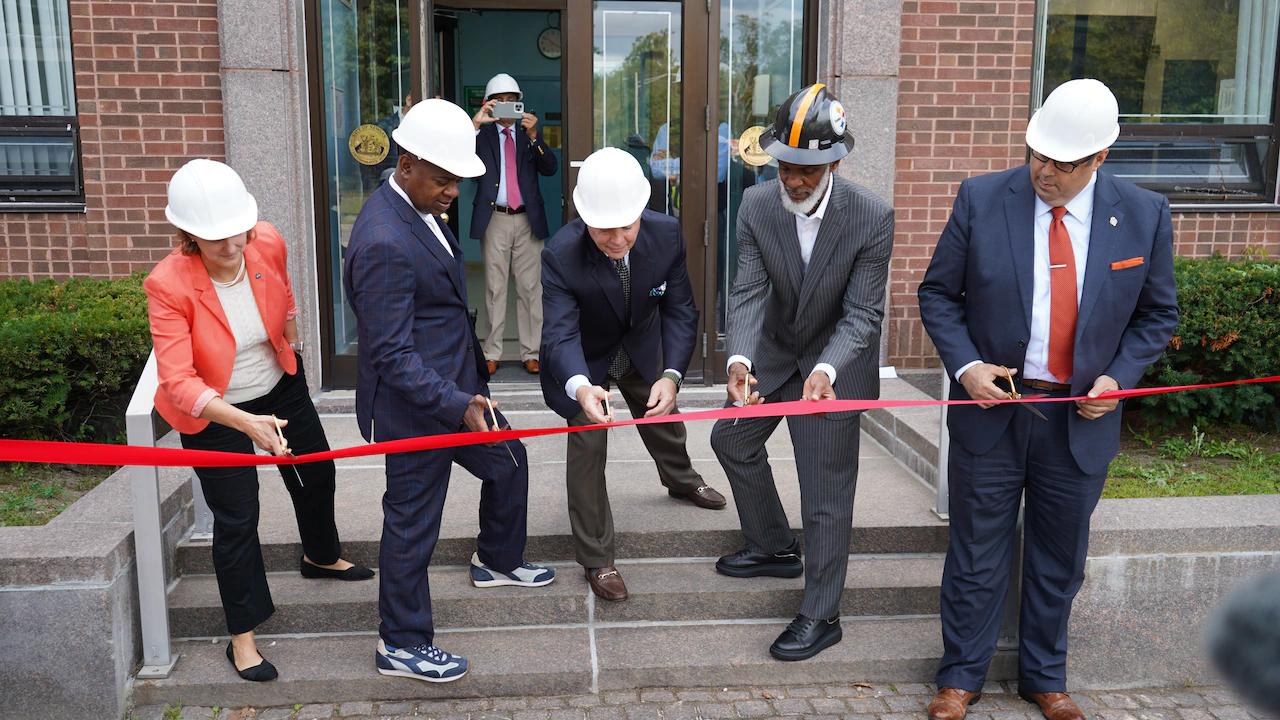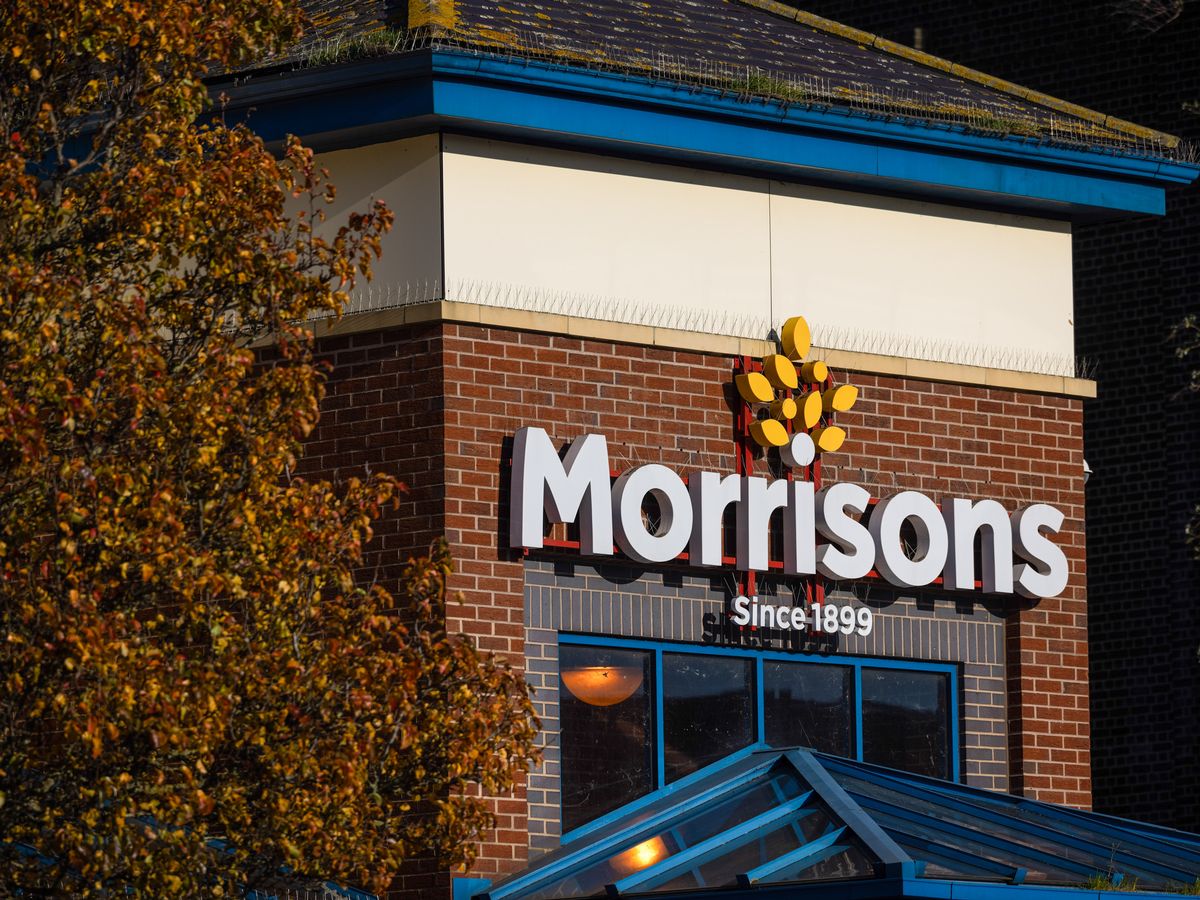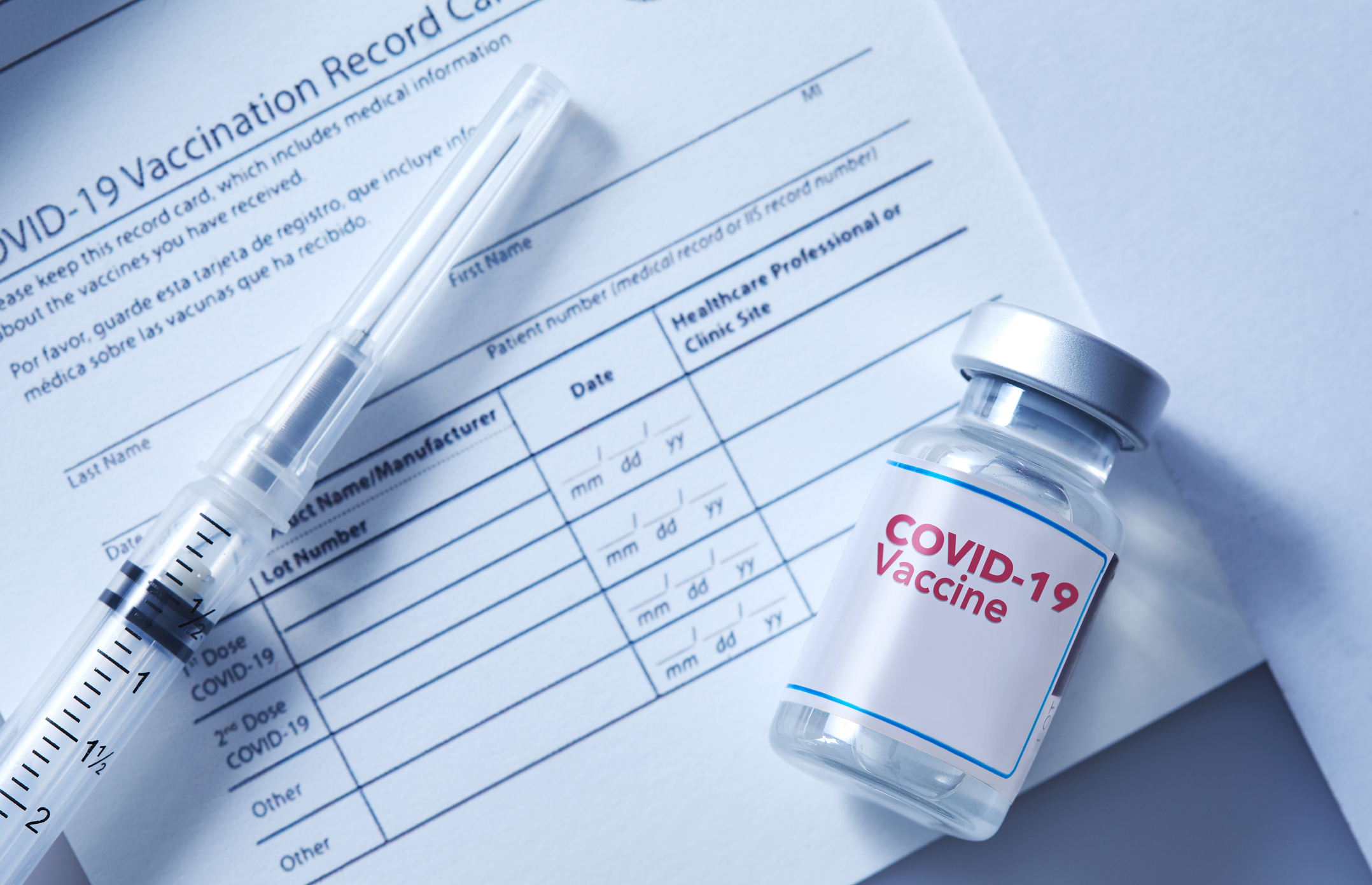Newark completes $20.5M water plant upgrade to protect drinking water for 400K residents

Newark leaders celebrated a major milestone Wednesday with the completion of a $20.5 million upgrade to the Pequannock Water Treatment Plant — project that city officials say will secure cleaner, safer water for nearly 400,000 residents across Newark and its surrounding communities.
The facility, originally built in 1989, has now undergone its largest modernization in decades, expanding its treatment capacity to 60 million gallons per day.
The improvements included filtration upgrades, a new air-scouring system, and state-of-the-art controls such as the Allen-Bradley System for Supervisory Control and Data Acquisition (SCADA), which will make the system more efficient and resilient. Crews also replaced aging infrastructure, including 60 valves and nine backwash pumps, extending the plant’s life and reliability.
Mayor Ras J. Baraka, joined by NJDEP Deputy Commissioner Katrina Angarone and NJ Infrastructure Bank Executive Director David Zimmer, said the investment was about more than equipment — it was about public health.
“When it comes to water quality and water cleanliness, there are no corners to cut,” Baraka said, noting the project started three years ago. “Now, the project has come to fruition.”
Newark Water and Sewer Utility director Kareem Adeem noted the upgrades will help the city stay ahead of emerging threats like PFAS (Per- and Polyfluoroalkyl Substances) — often referred to as ‘forever chemicals’ because they don’t break down easily in the environment or human body.
“These investments protect Newark’s drinking water and the health and safety of our residents, which has always been our utmost priority,” Adeem said at the ribbon-cutting event announcing the infrastructure updates.
Attendees toured the water treatment plant, getting a first-hand look at the new control room, pumps, and backwash controls.
Newark Watershed Superintendent Kevin Greer demonstrated a filter backwash, a process in which water flows through the filter in reverse to flush out sediment and other solids that can cause clogs. Regular backwashes are essential to keeping the filtration system running efficiently.
“The filters have been enhanced with a new underdrain system, granular activated carbon media, and an air-scouring system,” Greer explained during the tour. “Combined, these improvements will keep our filters in tip-top shape.”
Officials announced plans to add two more filters this fall, which will provide system redundancy in case of filter outages. It will also increase the plant’s capacity to more than 70 million gallons per day, further ensuring a reliable water supply for families, schools, and businesses.
“I know the history behind the water and how we once had the best water in the country,” said Linda McDonald, 70, a self-proclaimed legacy Newarker. “All the beer companies were here, and that told you our water was really good. But I’ve read the reports, and it’s probably not been as good as it could be because of, you know, old pipes and stuff.”
McDonald said her main concern is about the type of materials being used. “We know now that microplastics are a problem,” she noted. She added that she would like assurance the contractors doing the work are competent.
“But I’m happy this is happening,” she continued, “and I think it’ll be great for our young people, in particular.”
The Baraka administration has invested nearly $400 million in water and sewer improvements citywide. This includes a $195 million Lead Service Line Replacement Program that drew national attention for replacing every residential lead pipe in the city at no direct cost to homeowners.
For residents, officials say, these efforts reflect a long-term commitment to equity, safety, and trust in Newark’s water system.
“The first responsibility of government is to protect the health and ensure the safety of its residents,” Baraka said. “Everything we do must take into account the health impact it has on our people.
“We are making the continued necessary investments, whatever the cost, to guarantee our residents have drinking water that is among the purest and safest in the country.”



